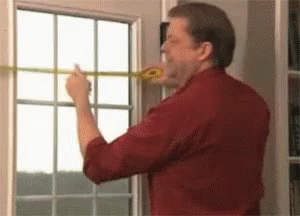
I’m not sure why, but Metric and Customary Measurement is a topic which most teachers seem to push off until the very end of the school year. While introducing these topics can be done in about a week, it is always a good practice to tie in these skills into your math and even in your science lessons throughout the year.
In Ohio, where I teach, we have actually dropped teaching customary measurement in place of metric measurement only. I always teach customary measurement, but I wait until after we finish state testing. Even though it is not in the standards, I still teach customary measurement because, frankly, it is more commonly used, and it is something American students need to know in day to day living.

Did you know that the only countries that don’t use the metric system as their primary system of measurement are: the U.S, Liberia, and Myanmar? Interesting, huh?
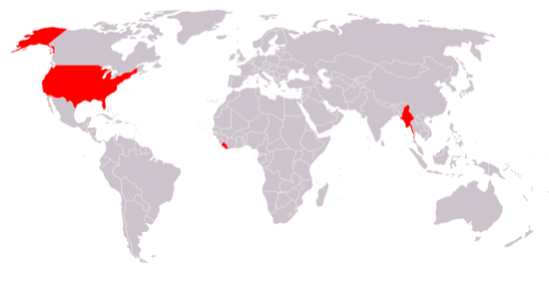
Two common core standards for teaching measurement are:
4.MD.A.1
Know relative sizes of measurement units within one system of units including km, m, cm; kg, g; lb, oz.; l, ml; hr, min, sec. Within a single system of measurement, express measurements in a larger unit in terms of a smaller unit. Record measurement equivalents in a two-column table. For example, know that 1 ft is 12 times as long as 1 in. Express the length of a 4 ft snake as 48 in. Generate a conversion table for feet and inches listing the number pairs (1, 12), (2, 24), (3, 36), …
4.MD.A.2
Use the four operations to solve word problems involving distances, intervals of time, liquid volumes, masses of objects, and money, including problems involving simple fractions or decimals, and problems that require expressing measurements given in a larger unit in terms of a smaller unit. Represent measurement quantities using diagrams such as number line diagrams that feature a measurement scale.
What time is it?
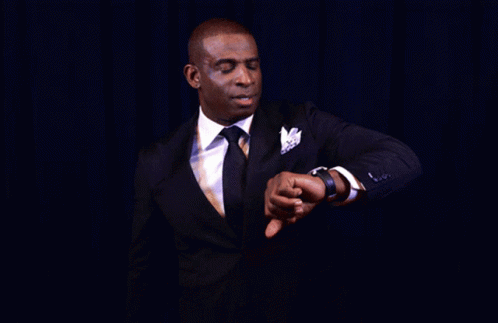
Teaching time has become more and more challenging over the years as students have become much less adept at reading analog clocks. And despite this being a 3rd grade standard, typically at least half of my 4th graders are very weak at telling time. This is one of those skills you’ll need to some spend time reviewing before you jump into the much harder 4th grade skill of telling elapsed time. I’ll do a blog post at a later date to explain more about how I teach elapsed time. It’s a tricky lil’ bugger.
There’s no reason practicing measurement should be boring. It ties in great with area and perimeter, It works perfectly within a PBL (Problem Based Lesson). It can make for great hands on experiences within Science or STEM activities. My students love to review and practice measurement using these products below:
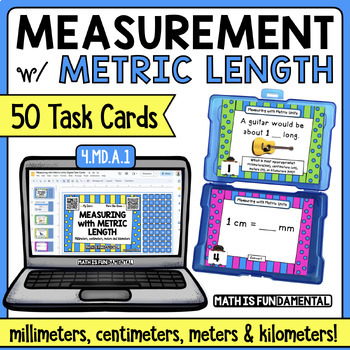

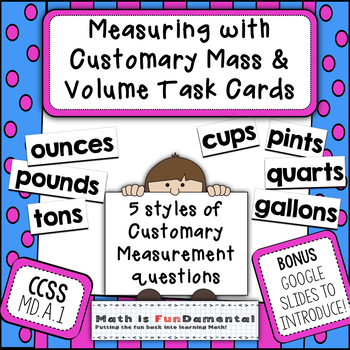
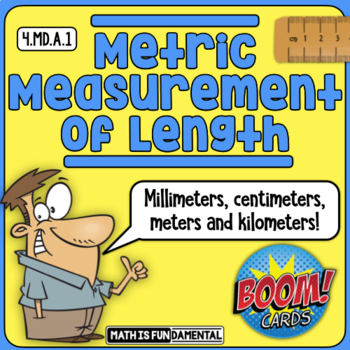
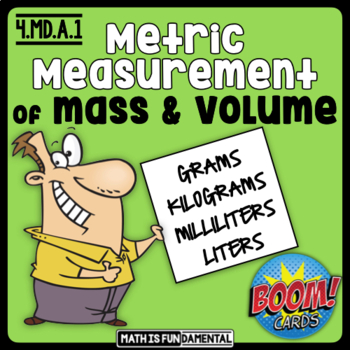

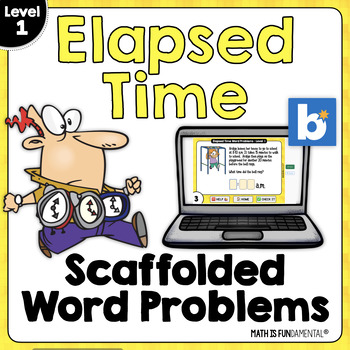
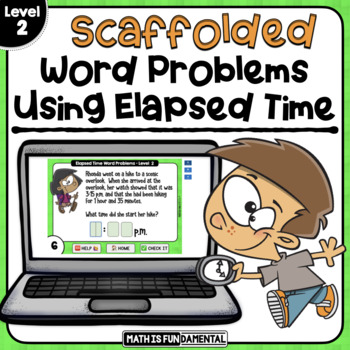
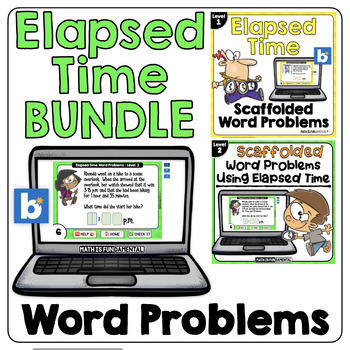
When it’s time to review, students always enjoy playing the Kahoot games below.










I hope you found this helpful. Reach out to me in the comments if you have any questions, suggestions, or great activities that you do to teach these skills.




